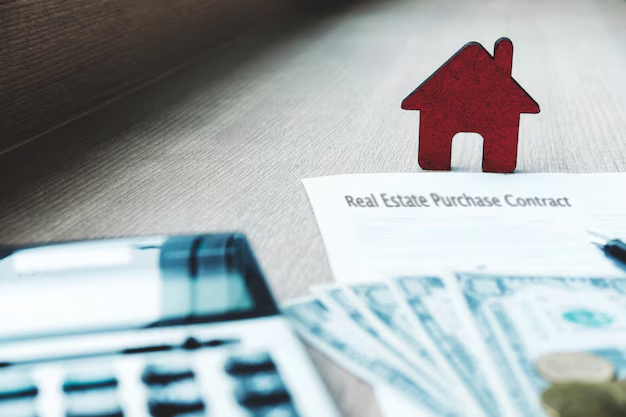How Much Does a New Roof Cost? Here's What You Need to Know
When it comes to home improvements, replacing your roof isn't just about aesthetics — it's about safety and investment in your property. But how much does a new roof cost? The answer depends on several factors, including materials, size, location, and labor expenses. Here’s a breakdown of what you might expect to pay and some tips on how to make it more affordable.
Factors Affecting Roof Replacement Costs
1. Roof Size and Pitch
The most straightforward factor is the size of your roof. Larger roofs require more materials and labor, increasing the total cost. The pitch, or angle, of your roof can also affect pricing. Steeper roofs are more challenging to work on and often incur higher labor fees.
2. Material Choices
Asphalt shingles are the most common and tend to be the most economical option, ranging from $5,000 to $10,000 for a standard-sized home. If you opt for materials like metal, wood shakes, slate, or clay tiles, expect higher costs that can soar up to $20,000 or more. Each material offers different durability and appearance benefits, so weigh your priorities carefully.
3. Location Variability
Your geographical location also plays a crucial role. Costs may fluctuate based on your region’s cost of living and local labor rates. Additionally, local climate impacts material choice — for example, homes in areas prone to heavy rainfall or snow may require more durable roofs.
4. Roof Removal and Disposal
Removing an old roof is a labor-intensive process that adds to your expenses. Disposal of the old materials also incurs costs, so consider these factors in your budget. This aspect of the job can add a couple of thousand dollars to the total bill.
Making Roof Replacement More Affordable
Replacing a roof is no small expense, but there are avenues to explore that could ease the financial burden:
Government Aid and Grants
Programs like the Weatherization Assistance Program (WAP) can assist homeowners who qualify based on income. These programs can offset costs by making homes more energy-efficient, impacting the overall expense of roof replacement.
Home Insurance
Your home insurance may cover some costs if your roof was damaged due to a natural disaster or accident. It’s worthwhile to check with your insurance provider to see what is included under your policy.
Financing Options
Many roofing companies offer financing plans that allow you to pay in installments. It’s important to analyze interest rates and terms to find an option that suits your budget.
Credit Card Solutions and Loans
Using a credit card for a large purchase like a roof replacement is an option, albeit with potentially high interest. Exploring a home equity loan or personal loan could make more financial sense, especially if they come with competitive interest rates.
Additional Resources
Budgeting for a new roof may seem daunting, but resources are available to help manage and alleviate costs. Here's a quick list of options to explore:
- 🏠 Weatherization Assistance Program (WAP): Provides funds for energy-efficient home improvements, including roofing for eligible households.
- 💳 Home Equity Loans: Use the equity in your home to fund your roofing project.
- 🚀 Low-Interest Personal Loans: Can be used for significant purchases like home renovations.
- 🔄 Flexible Financing from Roofers: Monthly plans tailored to fit your financial situation.
- 🔍 Insurance Reviews: Ensure your policy covers unexpected roof repairs.
- 🏡 Government and Local Grants: Explore state-specific grants for home improvement.
Ultimately, the cost of a new roof depends on many variables, but understanding these can lead to more strategic and budget-friendly decisions. Before committing, consider consulting professionals for accurate quotes and explore all financial assistance avenues to ensure you're making the most cost-effective choice for your home.
